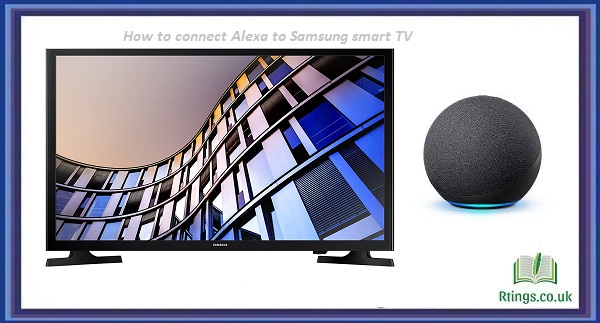TV technology has come a long way in recent years, and the market is full of high-quality options offering a range of features and capabilities. However, choosing the right TV for your needs can take time, especially if you’re trying to figure out which type of TV is the best quality. This article will explore the key factors you should consider when deciding on the best TV for your home.
Picture Quality
The quality of the picture is one of the most important factors to consider when choosing a TV. The most important aspect of picture quality is the resolution, which refers to the number of pixels on the screen. The most common resolutions are 720p, 1080p, and 4K. 4K is the highest resolution available and offers the most detailed and sharp image.
HDR Capability
High Dynamic Range (HDR) is a newer technology that provides a wider range of colors and brightness levels compared to traditional displays. HDR content provides a more immersive viewing experience and is available in many movies, TV shows, and video games. The best TVs will have HDR capability, with HDR10 and Dolby Vision being the most popular HDR formats.
Refresh Rate
The refresh rate of a TV refers to how many times per second the image on the screen is updated. A higher refresh rate means smoother and more fluid motion, which is especially important for fast-paced content such as sports or action movies. The most common refresh rates are 60Hz and 120Hz, with some high-end TVs offering even higher refresh rates of 144Hz.
Smart TV Features
Smart TV features refer to the ability of the TV to connect to the internet and provide access to streaming services like Netflix, Amazon Prime Video, and others. The best smart TVs will have a fast and responsive interface and access to a wide range of apps and services.
Connectivity
The connectivity options of a TV are also important, especially if you want to connect other devices such as gaming consoles or Blu-ray players. The best TVs will have multiple HDMI and USB ports and other connectivity options like Wi-Fi, Ethernet, and Bluetooth.
Design
The design of a TV is also an important factor to consider, as it can greatly impact the overall look and feel of your room. Some TVs have sleek and modern designs, while others have more traditional and classic looks.
Price
Finally, price is also a key consideration when choosing a TV. Higher-end TVs will generally offer better picture quality, more features, and more connectivity options, but they will also be more expensive. On the other hand, lower-priced TVs may not offer the same quality and features, but they can still provide a great viewing experience for a more budget-friendly price.
Conclusion
The best quality TV for you will depend on your specific needs and preferences. If you’re looking for the best picture quality, an OLED TV is a great option, as it provides deep blacks, vibrant colors, and an immersive viewing experience. If you’re looking for a budget-friendly option, then a QLED TV or a standard LED TV may be a better choice. Ultimately, the best way to determine which TV is right for you is to research and compare different models and choose the one that offers the features and capabilities that best meet your needs.
Frequently Asked Questions (FAQs)
What makes a TV the best in terms of quality?
The factors that determine the best quality TV include picture quality, sound quality, build quality, and features. Picture quality is determined by brightness, contrast, color accuracy, and resolution, while sound quality is determined by volume, clarity, and bass response. Build quality refers to the materials used to build the TV, its durability and design, and the type of connections it has. The features of a TV include the operating system, smart features, and the number of HDMI and USB ports.
What is the best TV brand for quality?
It is difficult to determine the best TV brand for quality as it can depend on personal preferences and budget. Some popular brands known for quality include Sony, Samsung, LG, and Panasonic.
What is the best TV size for quality?
The best TV size for quality will depend on the viewer’s distance from the TV and the room size. Generally, a 55-inch TV is a good choice for most living rooms, but a 65-inch or larger TV may be a better option if you have a larger room.
Is OLED better than QLED in terms of quality?
OLED and QLED TVs offer high-quality images, but OLED TVs have the advantage of perfect black levels and wide viewing angles, making them ideal for home theaters. QLED TVs have improved color accuracy and brightness and are better suited for bright rooms with many windows. The best option for you will depend on your personal preferences and the conditions of your viewing environment.
What is the difference between 4K and 8K TV in terms of quality?
4K TVs have four times the resolution of Full HD (1920 x 1080) TVs, while 8K TVs have four times the resolution of 4K (7680 x 4320) TVs. 8K TVs offer a more detailed and immersive viewing experience, but the difference between 4K and 8K is only noticeable to the human eye if you sit very close to the TV.
Is it worth spending more money on a high-end TV for quality?
It depends on your personal preferences and budget. High-end TVs typically offer better picture quality, sound quality, and features. Still, the difference in quality between a mid-range and high-end TV may be insignificant to the average viewer. If you are looking for the best viewing experience, it may be worth spending more on a high-end TV.
Read About Best Budget 55-inch TV







